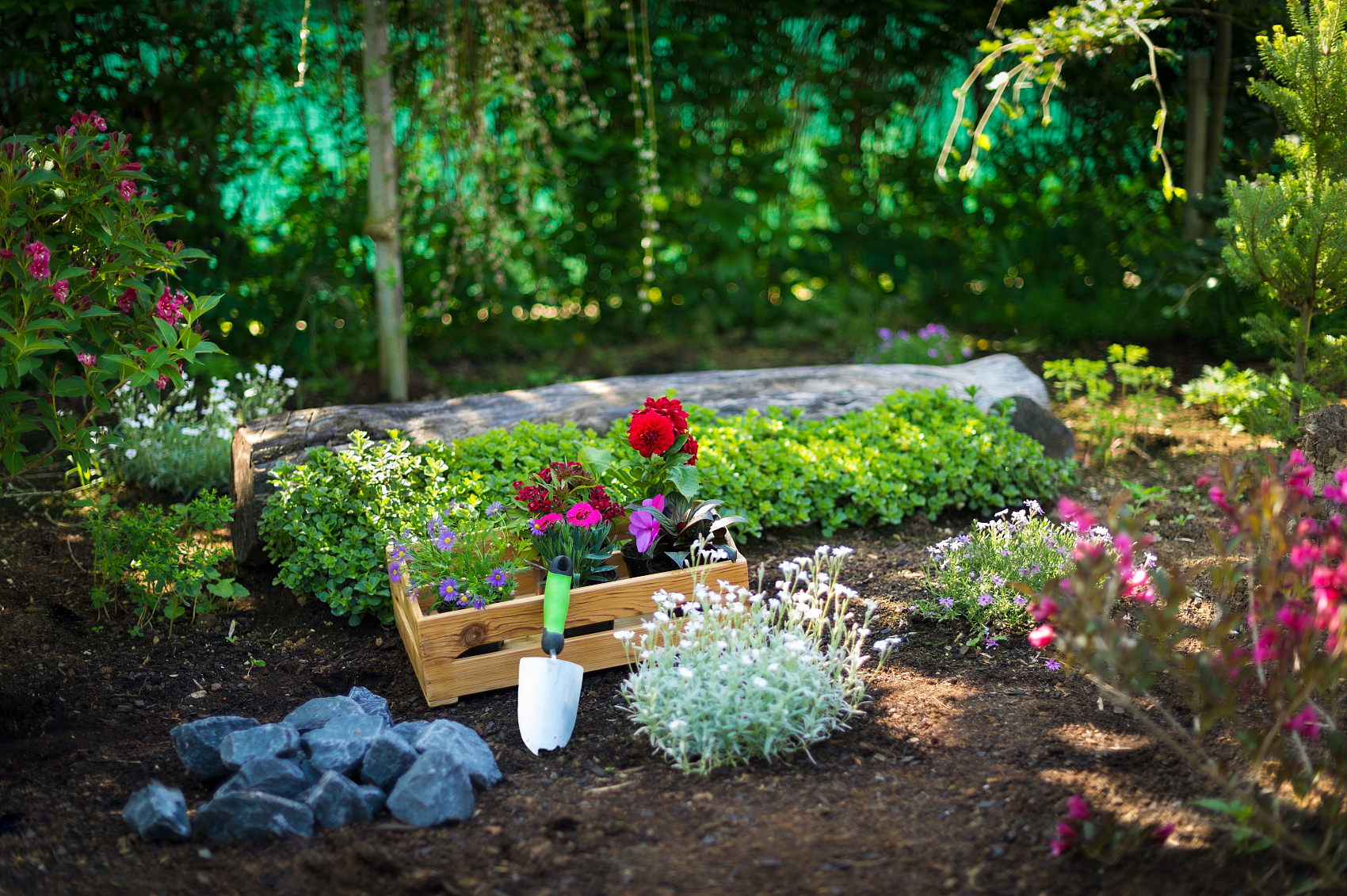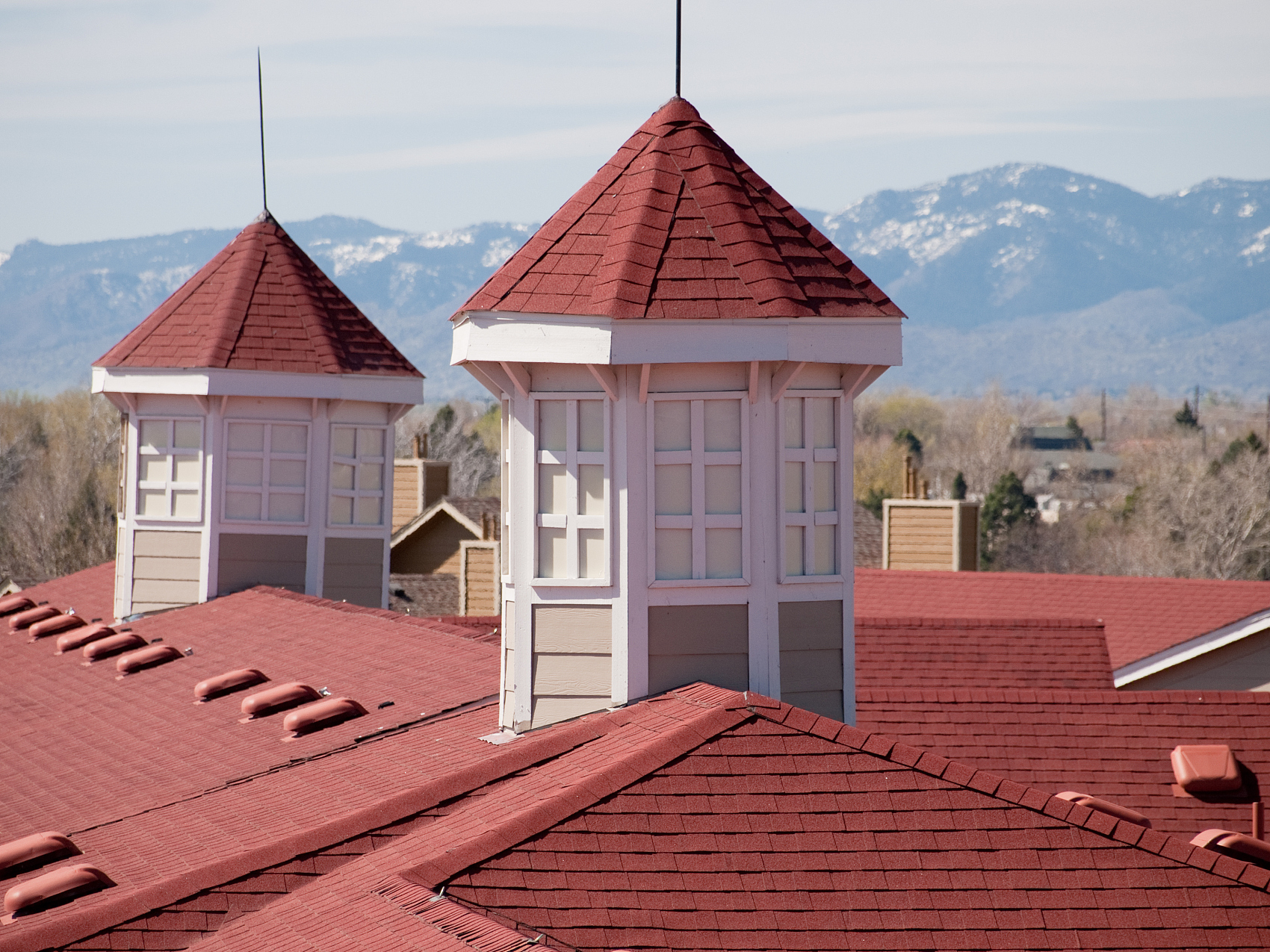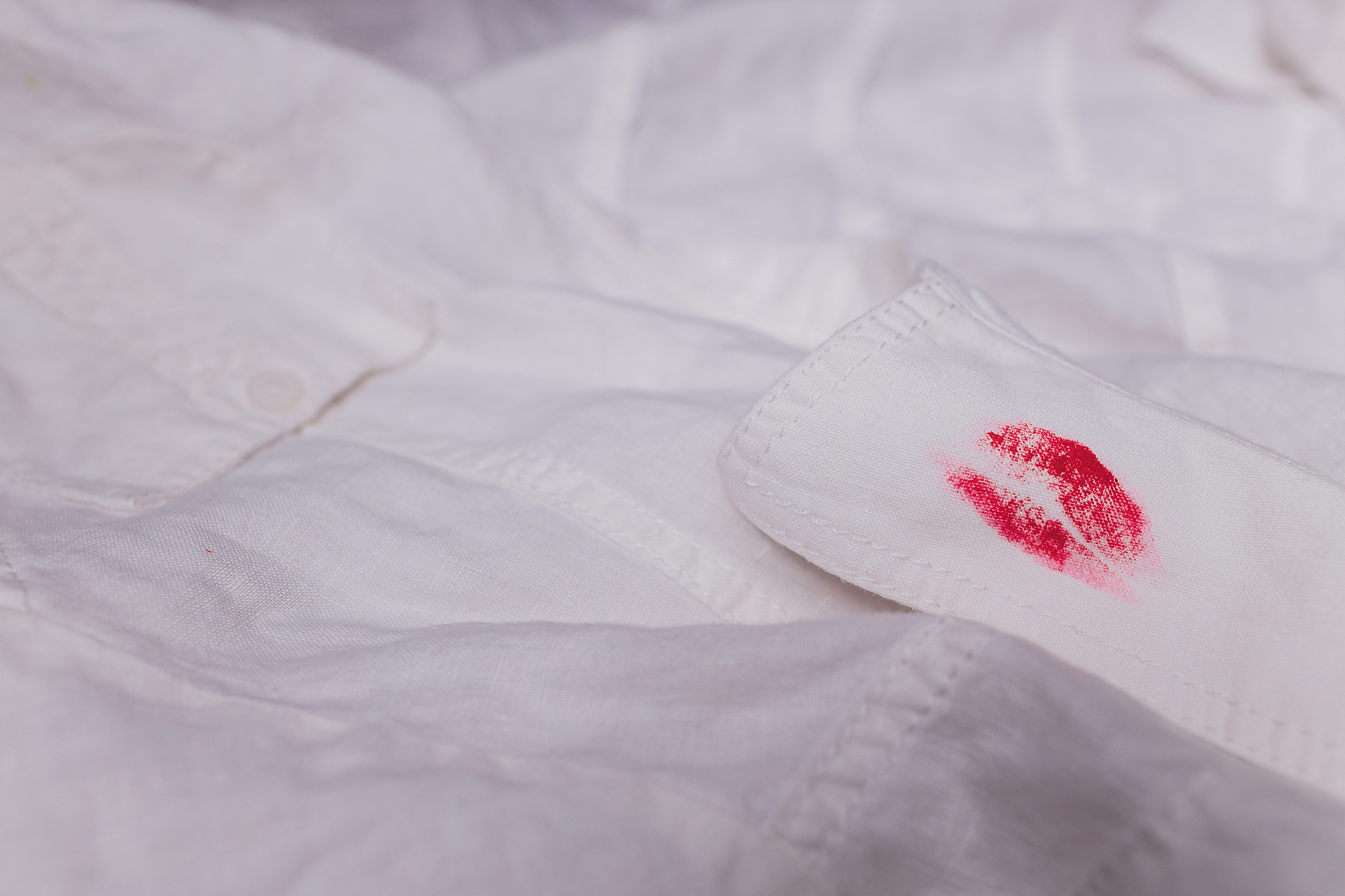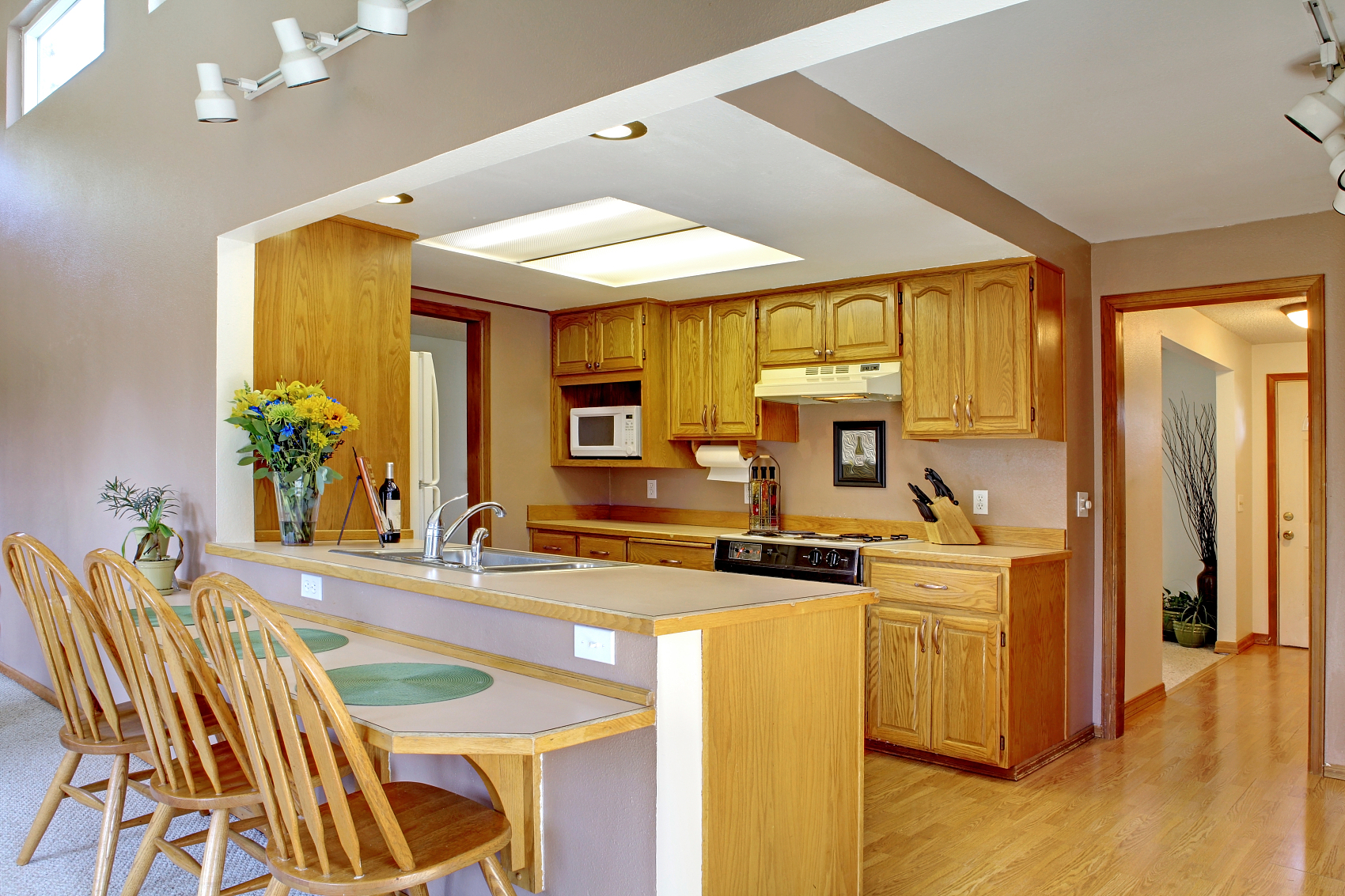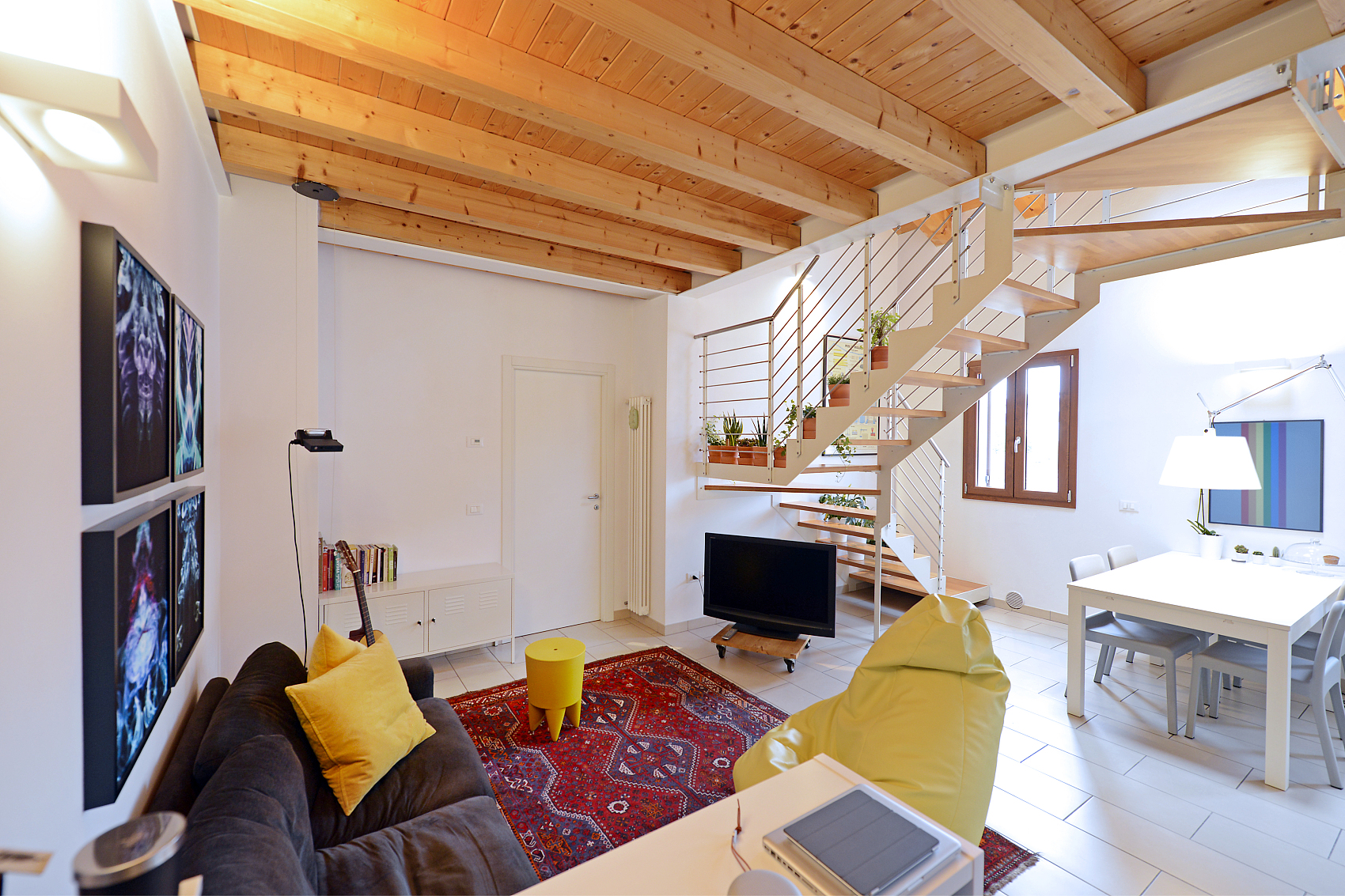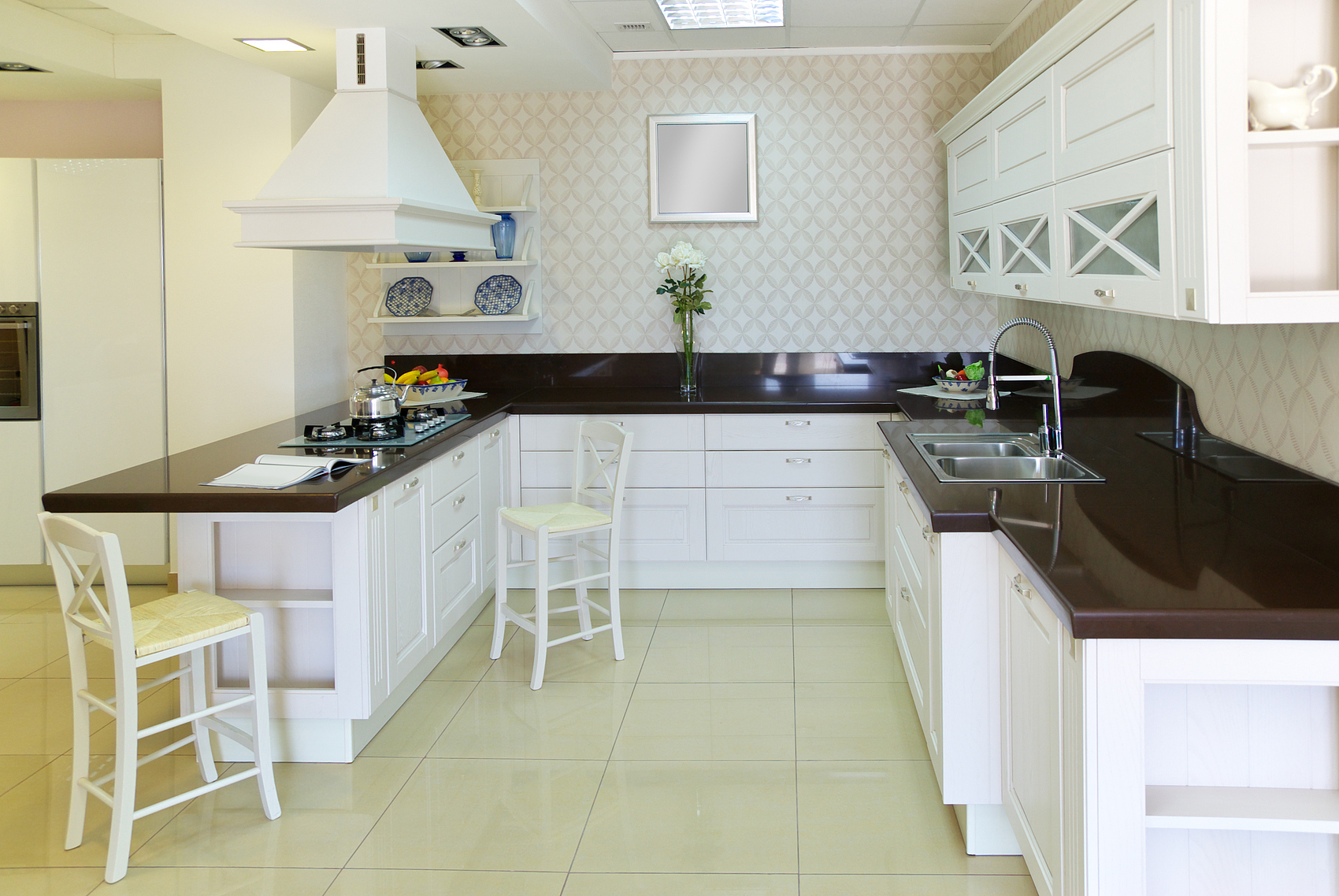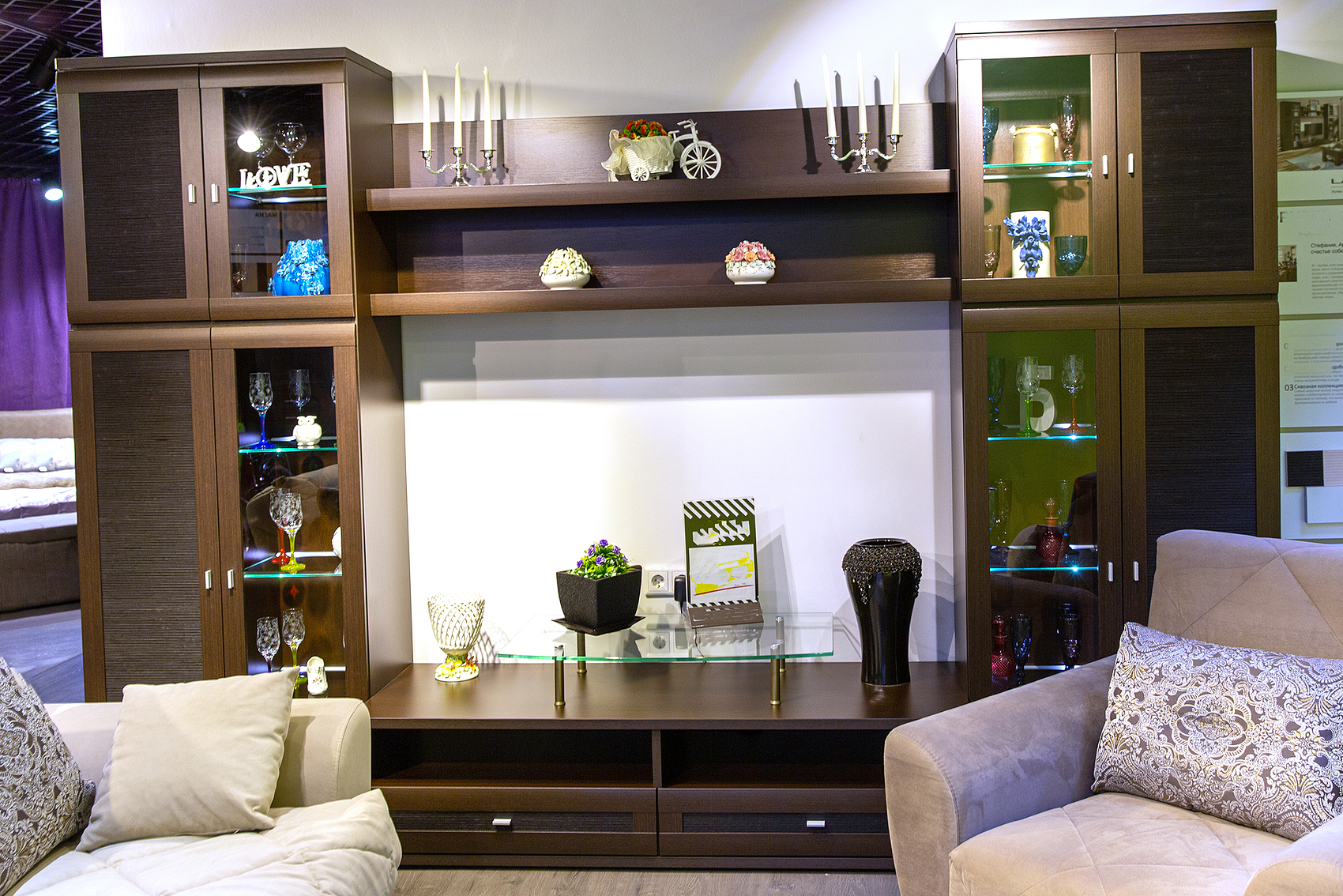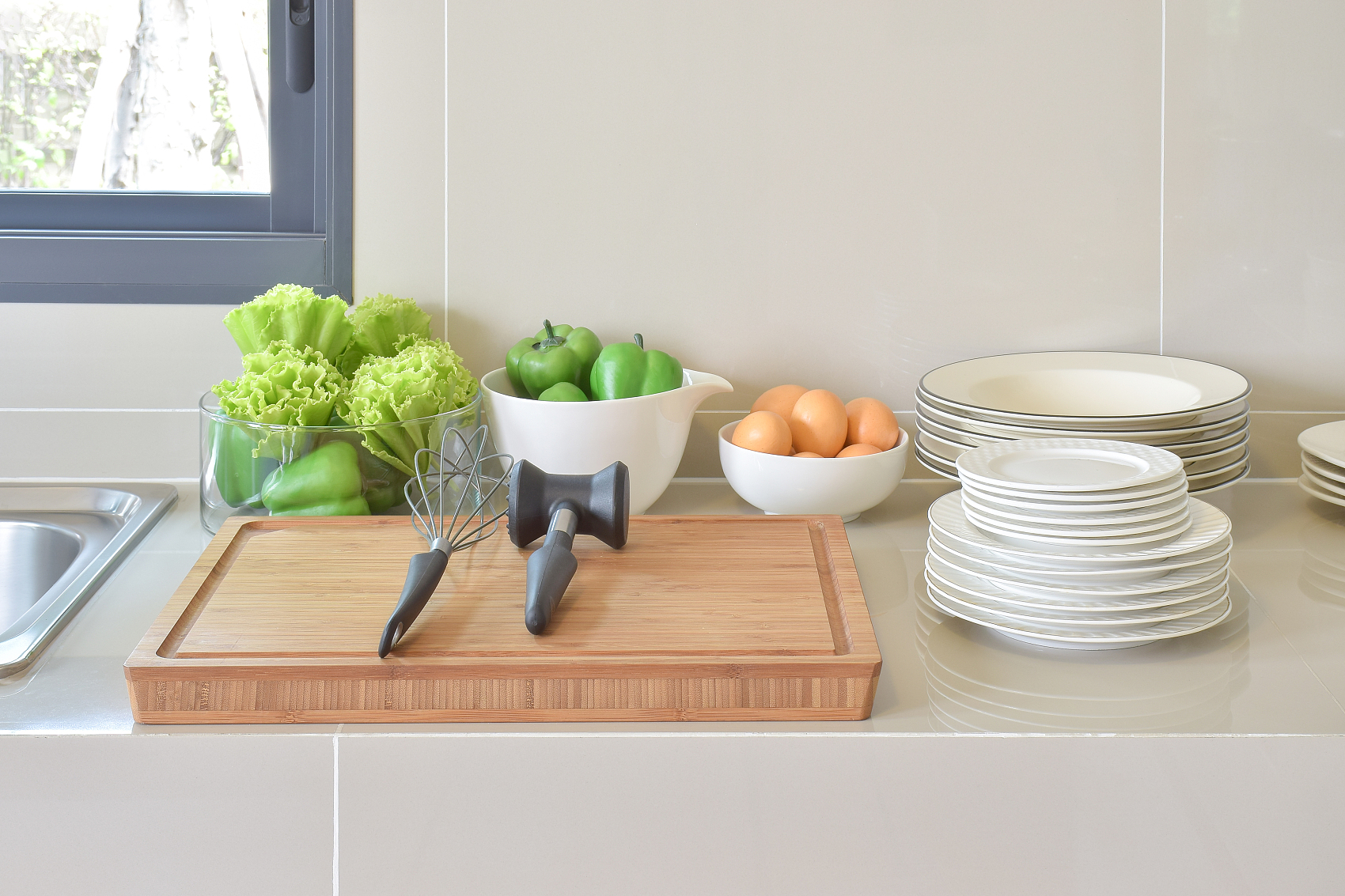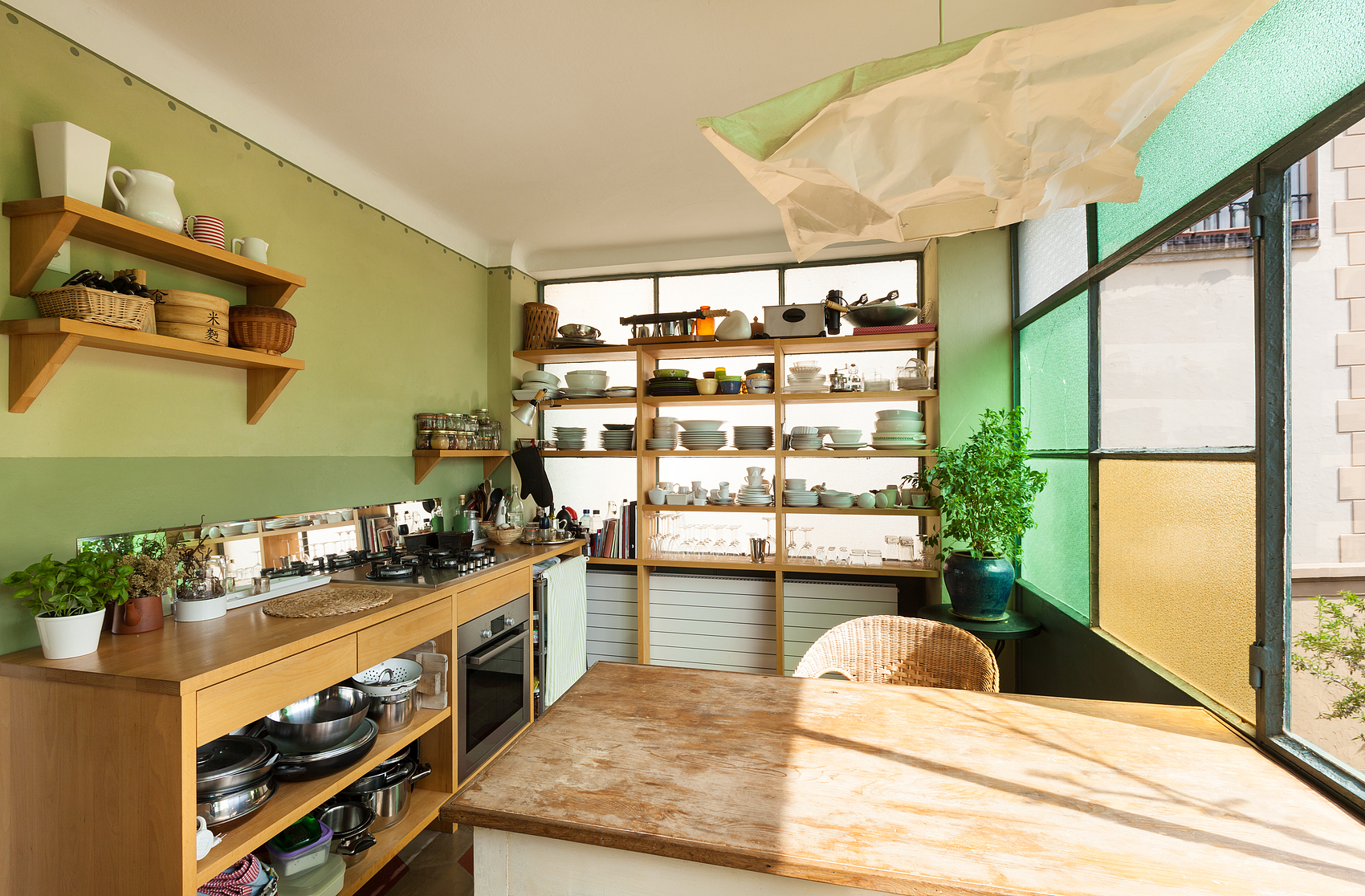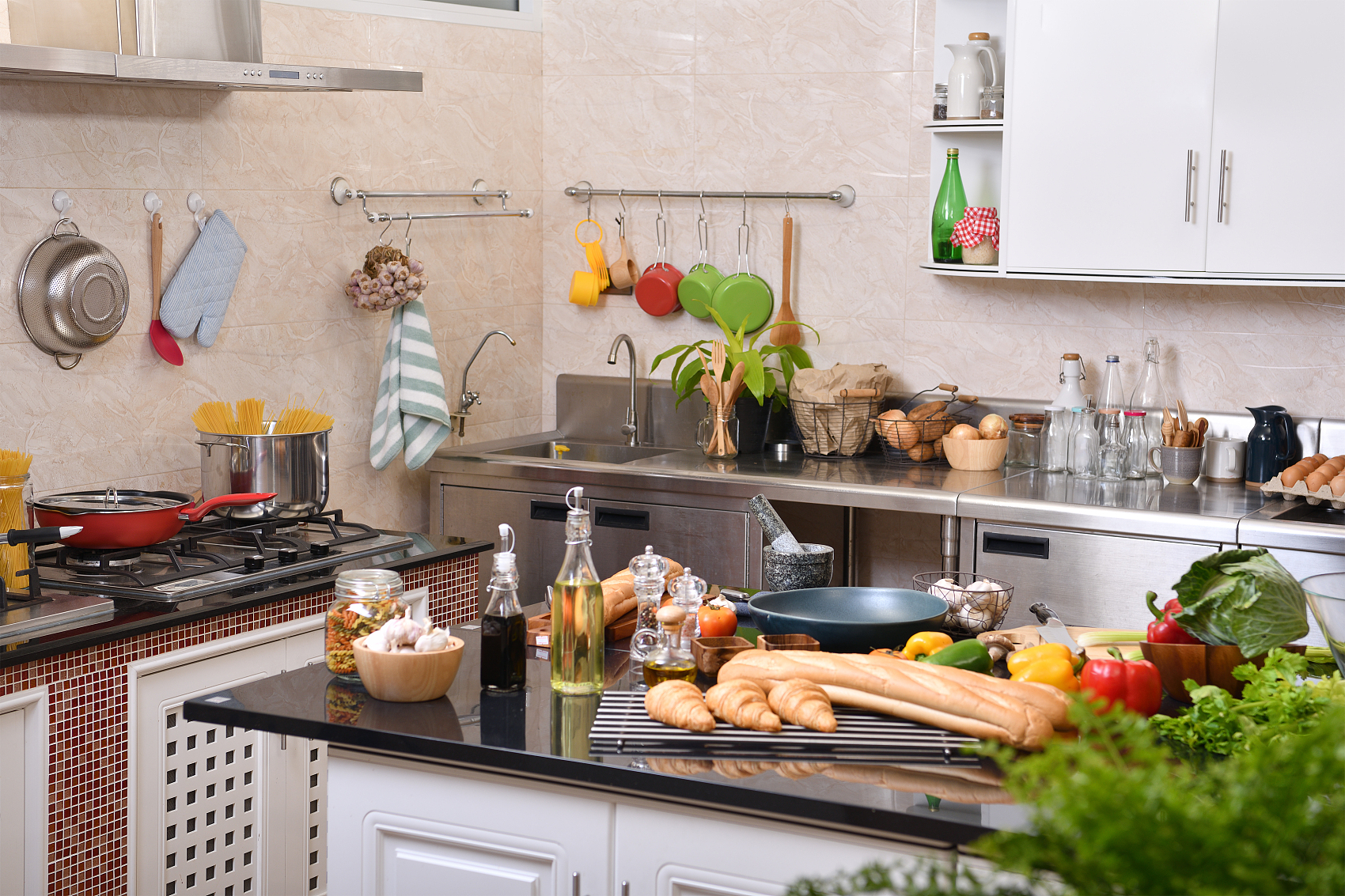Cork flooring is a unique, eco-friendly flooring option made from the bark of cork oak trees, which are primarily found in the Mediterranean region, with Portugal being a major producer. Harvesting cork is a sustainable process, as the outer bark is stripped without damaging the tree itself, and the process can be repeated every 9 to 12 years, allowing the tree to regenerate.
While cork flooring can work well in a bathroom, there are a few things to keep in mind. Cork is naturally resistant to mold and mildew and has some level of water resistance. However, it’s not fully waterproof, so prolonged exposure to standing water can cause damage.
What to Consider When Using Cork Flooring in a Bathroom
1. Sealing:
To protect your cork floor, make sure it’s properly sealed. A good seal creates a barrier that helps prevent water damage and increases the floor’s durability in the bathroom.
2. Maintenance:
It’s important to clean up spills and excess water quickly to avoid potential water damage. Regular upkeep will help maintain the floor’s appearance and longevity.
3. Humidity Control:
Cork can be sensitive to extreme humidity. Keep the bathroom well-ventilated and consider using a dehumidifier to maintain a stable humidity level and protect the flooring.
4. Water-Resistant Underlayment:
Installing a water-resistant underlayment beneath the cork flooring adds an extra layer of protection against moisture. This is particularly helpful in areas that experience high moisture levels, like bathrooms.
5. Avoid Standing Water:
Cork flooring should not be exposed to standing water for long periods. Using bath mats or rugs around sinks and tubs can help absorb excess moisture and protect the floor.
6. Professional Installation:
Hiring professionals to install cork flooring ensures it’s done correctly, with proper sealing and attention to detail, which minimizes the risk of water damage.
If you’re concerned about potential water exposure, you might want to explore other flooring options that are more moisture-resistant, like ceramic or porcelain tiles, vinyl, or natural stone. However, cork can still be a good choice if you’re careful to follow the manufacturer’s guidelines for installation and maintenance.
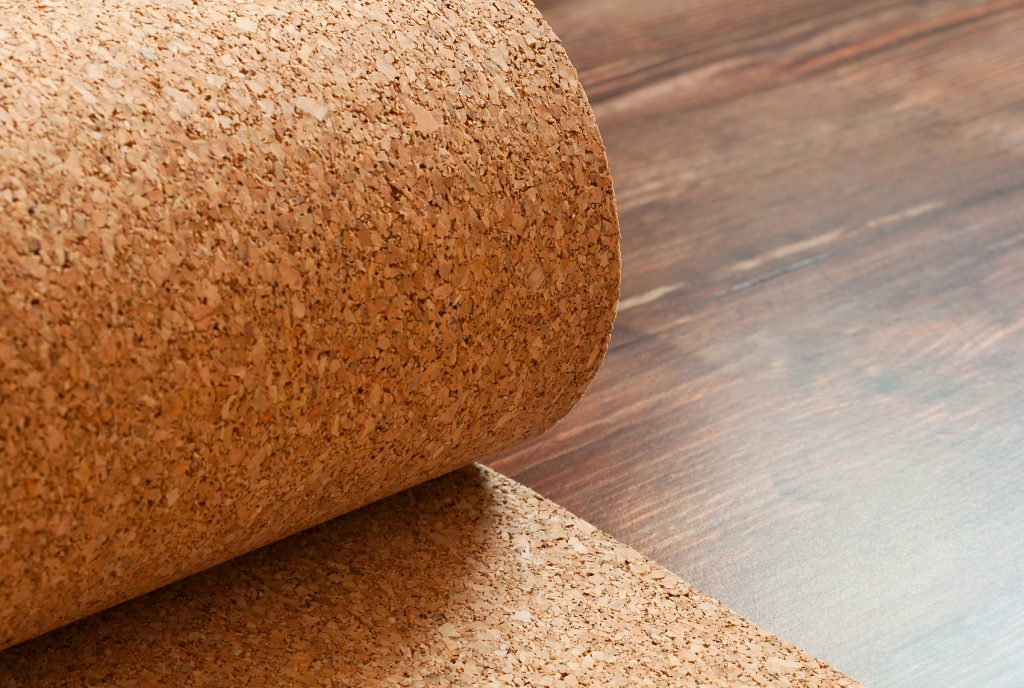
The Benefits of Cork Flooring
Cork offers several advantages, especially in a bathroom setting. Here are the top benefits:
1. Comfort Underfoot:
Cork provides a soft, cushioned feel, which is great for bathrooms where you often walk barefoot. It’s much warmer and more comfortable than cold, hard materials like ceramic tiles.
2. Anti-Slip Properties:
The natural texture of cork gives it some grip, reducing the risk of slipping, even when the floor is wet. This is an important safety feature for bathrooms.
3. Mold and Mildew Resistance:
Cork contains a natural substance called suberin, which makes it resistant to mold, mildew, and pests. This is a huge advantage in a bathroom, where moisture can lead to unhealthy growths.
4. Sustainable and Eco-Friendly:
Cork is a renewable resource. It’s harvested from the bark of cork oak trees without harming the trees, making it an eco-friendly choice for environmentally-conscious homeowners.
While cork flooring has many benefits, it’s important to follow the manufacturer’s recommendations for sealing, installation, and maintenance to ensure it holds up well in a bathroom. Ultimately, consider your bathroom’s specific needs and your personal preferences to determine if cork is the right fit for you.


